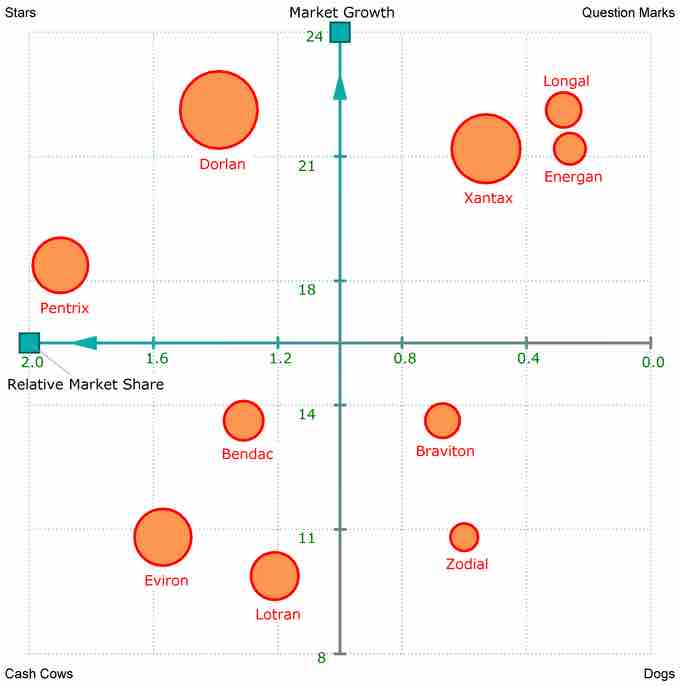Competition in Business
Merriam-Webster defines competition in business as "the effort of two or more parties acting independently to secure the business of a third party by offering the most favorable terms." The competition is a moving-target, ever-evolving and adapting to better capture market share and profitability; therefore competition is a critical area of analysis for strategic managers. Observing and predicting competitive movements and dynamics is a key to success and a primary responsibility of upper management.
The Dynamic Model of Competition
The dynamic model of the strategy process is a way of understanding how strategic actions occur. It recognizes that strategic planning is dynamic; that is, strategy-making involves a complex pattern of actions and reactions. It is partially planned and partially unplanned. Competitive dynamics thus looks at how competitive firms act and react.
Competitive Dynamics
In marketing and strategic management, competitor analysis is an assessment of the strengths and weaknesses of current and potential competitors. This analysis provides both an offensive and defensive strategic context in order to identify opportunities and threats. Competitor profiling coalesces all of the relevant sources of competitor analysis into one framework to support efficient and effective strategy formulation, implementation, monitoring, and adjustment.
Components of Competitor Analysis
Competitor analysis is an essential component of corporate strategy. It is argued that most firms do not conduct this type of analysis systematically enough. Instead, many enterprises operate on conjectures and informal impressions gathered from information received about competitors. As a result, traditional environmental scanning places many firms at risk of dangerous competitive "blind spots" due to a lack of robust competitor analysis.

Example of Competitor Profiling
The folio plot visualizes the relative market share of a portfolio of products versus the growth of their market. The circles differ in size by their sales volume. Note that the highest-selling product, Dorian, shows the highest market growth and a high (though not the highest) market share; the lowest-selling, Zodial, shows both low market growth and low market share.
Competitor analysis requires the specific selection of key success factors within an industry. It also requires the qualitative measurement of accomplishing these for both the firm and its key competitors. For example, consider that customer service, quality, and brand perception are the key success factors in retail fashion. In this case, Ralph Lauren should identify key competitors (Liz Claiborne, Calvin Klein, etc.) and provide a numeric score of their success or failure in each category. Through this competitive analysis, Ralph Lauren can improve its competition.
Competitor profiling facilitates this strategic objective in three important ways:
- First, profiling can reveal strategic weaknesses in rivals that the firm may exploit.
- Second, the proactive stance of competitor profiling can allow the firm to anticipate its rivals' strategic response to the firm's planned strategies, the strategies of other competing firms, and changes in the environment.
- Third, this proactive knowledge can give the firm strategic agility. Offensive strategy can be implemented more quickly in order to exploit opportunities and capitalize on strengths. Similarly, defensive strategy can be employed more deftly in order to counter the threat of rival firms exploiting the firm's own weaknesses.